Overview
The goal of this project is to automatically stitch together images, much like the concept of taking a creating a panorama using your phone by taking multiple pictures. To start, we would first manually define corresponding points to find the homographies and use them to warp an image to match the other. However, the minor differences in lighting and texture may prevent it from looking authentic. By mosiacing the images, we can make it look more seamless. This setup helps in starting the autostitching in part B.
Shoot the Pictures
These are a couple images I shot from my phone. Since I didn't have a tripod, I tried my best to rotate the camera in place.

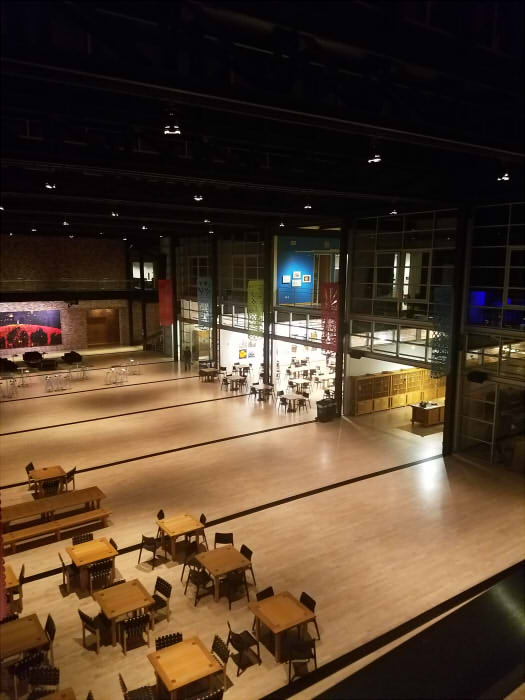
|


|
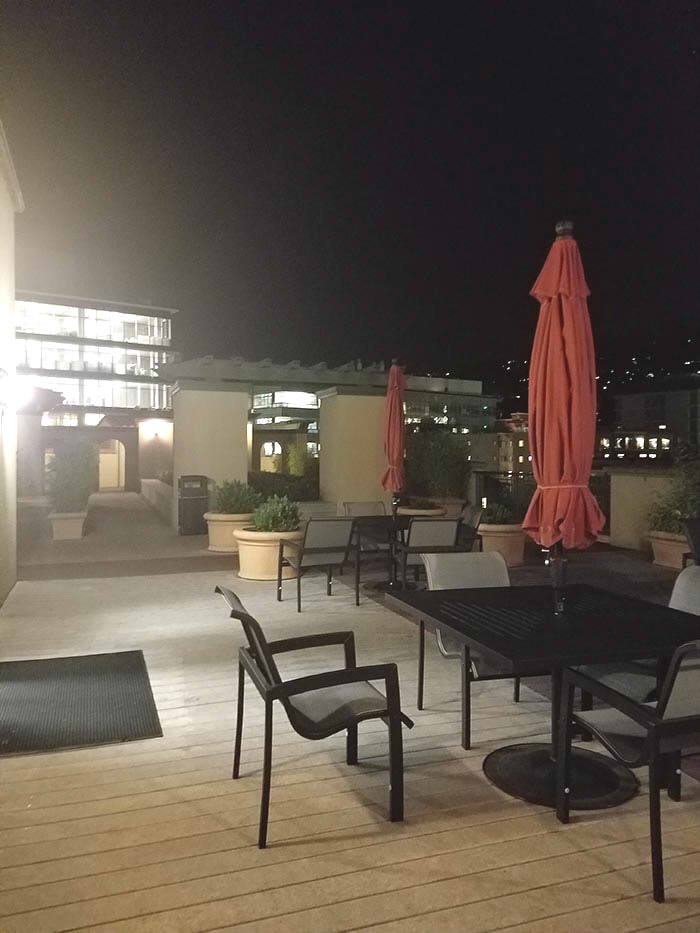
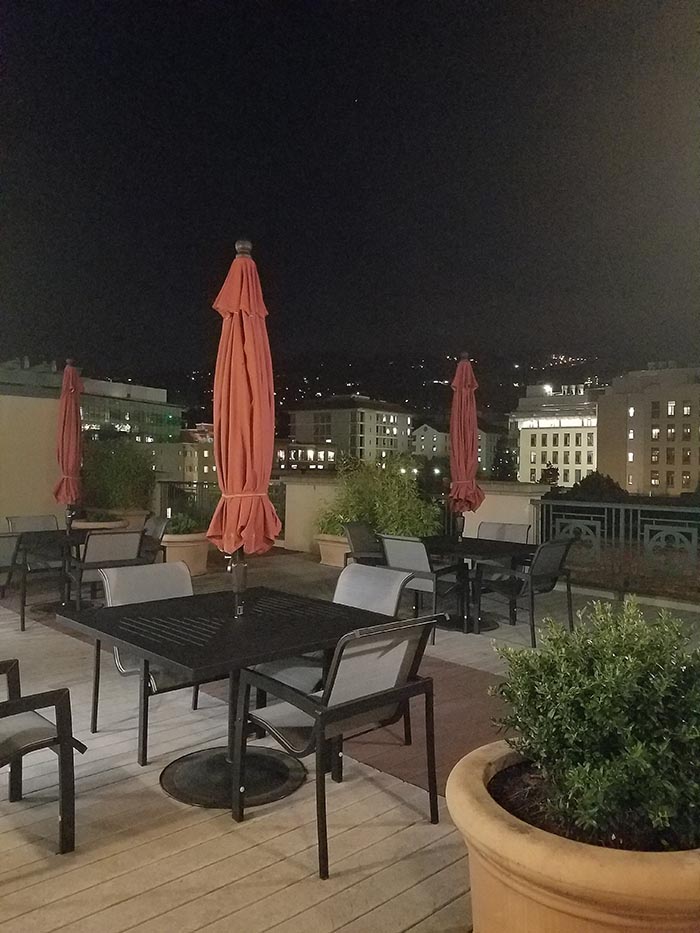
|


|
Recover Homographies
To recover the homography, we need many points and the forumla below:
$H = \begin{bmatrix}a & b & c \\ d & e & f \\ g & h & 1\end{bmatrix} \longrightarrow \begin{bmatrix}a & b & c \\ d & e & f \\ g & h & 1\end{bmatrix} \begin{bmatrix}x \\ y \\ 1\end{bmatrix} = \begin{bmatrix}wx' \\ wy' \\ w\end{bmatrix}$$
We let $H$ be the homography $(x, y)$ be the the point from the image we want to warp, $(x', y')$ be the point on the image we want to match,and $ w $ be a scalar
We can then put it in the form of $Ax=b$ so that we can solve for $x$. We can also solve for multiple points to increase accuracy.
$\begin{bmatrix} x_1 & y_1 & 1 & 0 & 0 & 0 & -x_1x_1' & -y_1x_1' \\ 0 & 0 & 0 & x_1 & y_1 & 1 & -x_1y_1' & -y_1y_1' \\ x_2 & y_2 & 1 & 0 & 0 & 0 & -x_2x_2' & -y_2x_2' \\ 0 & 0 & 0 & x_2 & y_2 & 1 & -x_2y_2' & -y_2y_2' \\ x_3 & y_3 & 1 & 0 & 0 & 0 & -x_3x_3' & -y_3x_3' \\ 0 & 0 & 0 & x_3 & y_3 & 1 & -x_3y_3' & -y_3y_3' \\ \vdots & \vdots & \vdots & \vdots & \vdots & \vdots & \vdots & \vdots \\ x_n & y_n & 1 & 0 & 0 & 0 & -x_nx_n' & -y_nx_n' \\ 0 & 0 & 0 & x_n & y_n & 1 & -x_ny_n' & -y_ny_n' \\ \end{bmatrix} \begin{bmatrix}a \\ b \\ c \\ d \\ e \\ f \\ g \\ h \end{bmatrix} = \begin{bmatrix}x_1' \\ y_1' \\ x_2' \\ y_2' \\ x_3' \\ y_3' \\ \vdots \\ x_n' \\ y_n' \\ \end{bmatrix}$
Warp the Images
We can warp the image much like in project 4 by using inverse warping. While I have implemented my own warping function, I recently found in piazza that we can use sk.transform.warp, which is much faster. I then mask the warped image and add it to the one we want to match. While things do match up, the seam seems pretty visible

|

|

|

|

|
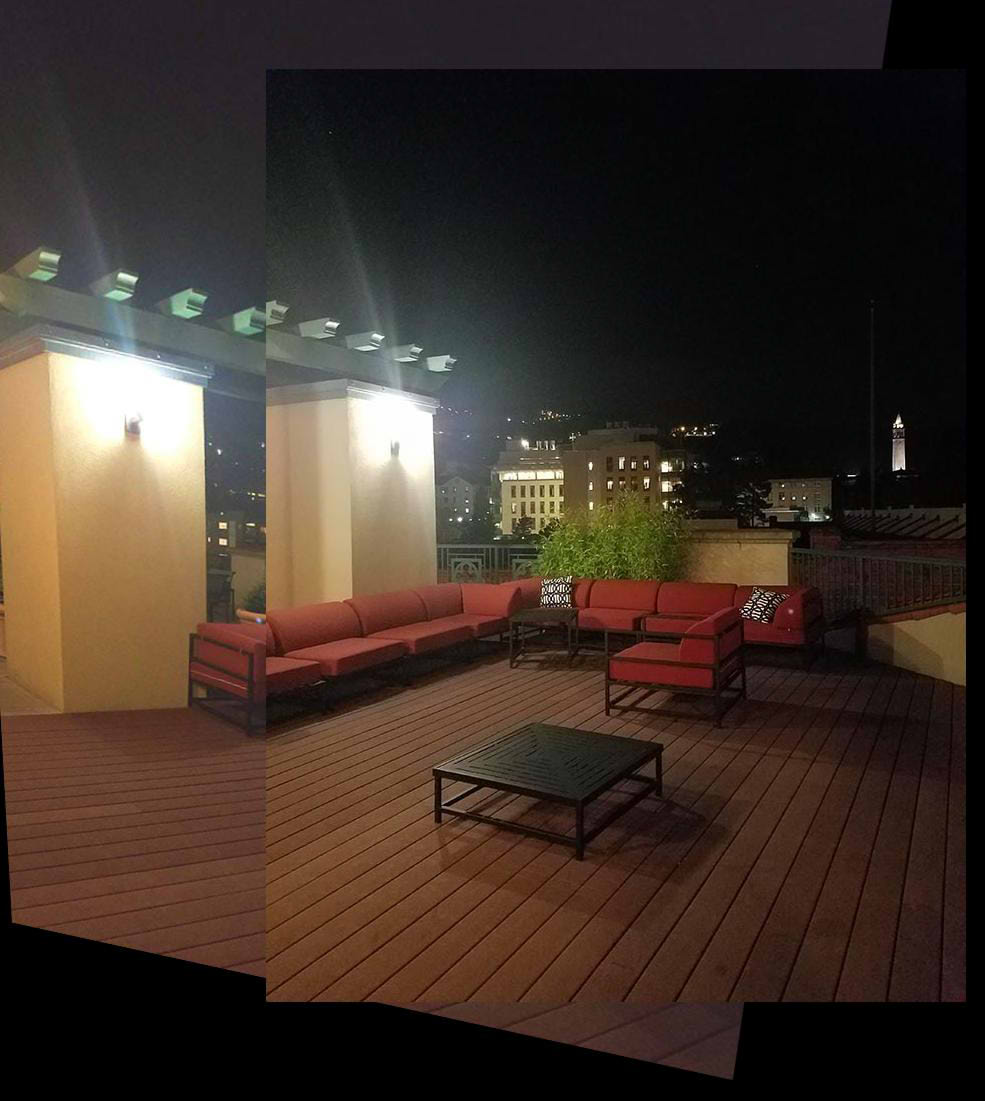
|
Image Rectification
For image rectification, we only need 4 points to define the item we want and the plane we will project it onto. There only needs to be one image since we don't need to match it to anything other than a plane.

|

|

|

|

|

|
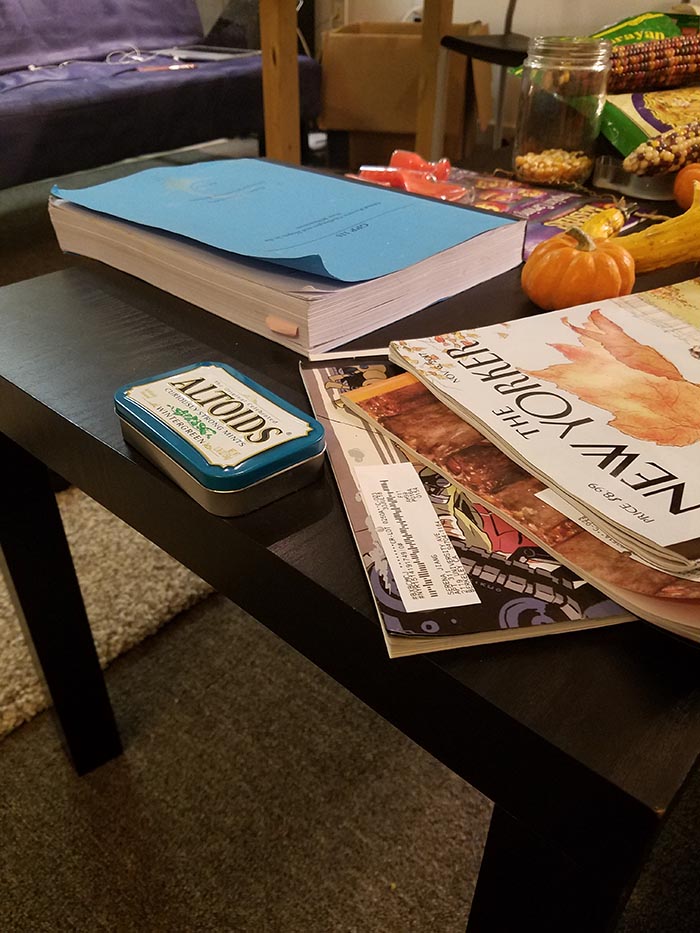
|

|
Blend the images into a mosaic
To get rid of the seam from before, we can blend the images to create a better mosaic. First we find the binary mask of the intersection. Then we weight the mask non-uniformly so that from right to left so that the drop-off is larger near the seam. Using the weighted mask, we can add the two images in the intersection each wth different weights, resulting in a gradual blend.

|

|
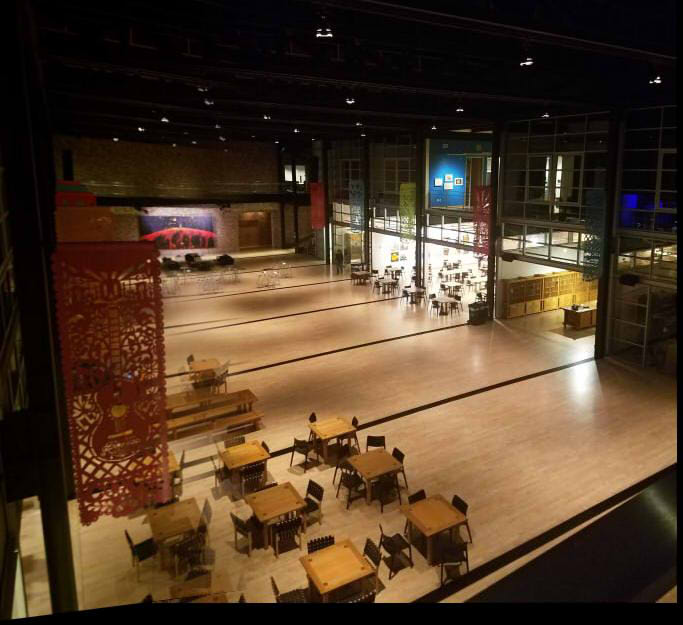
|

|

|
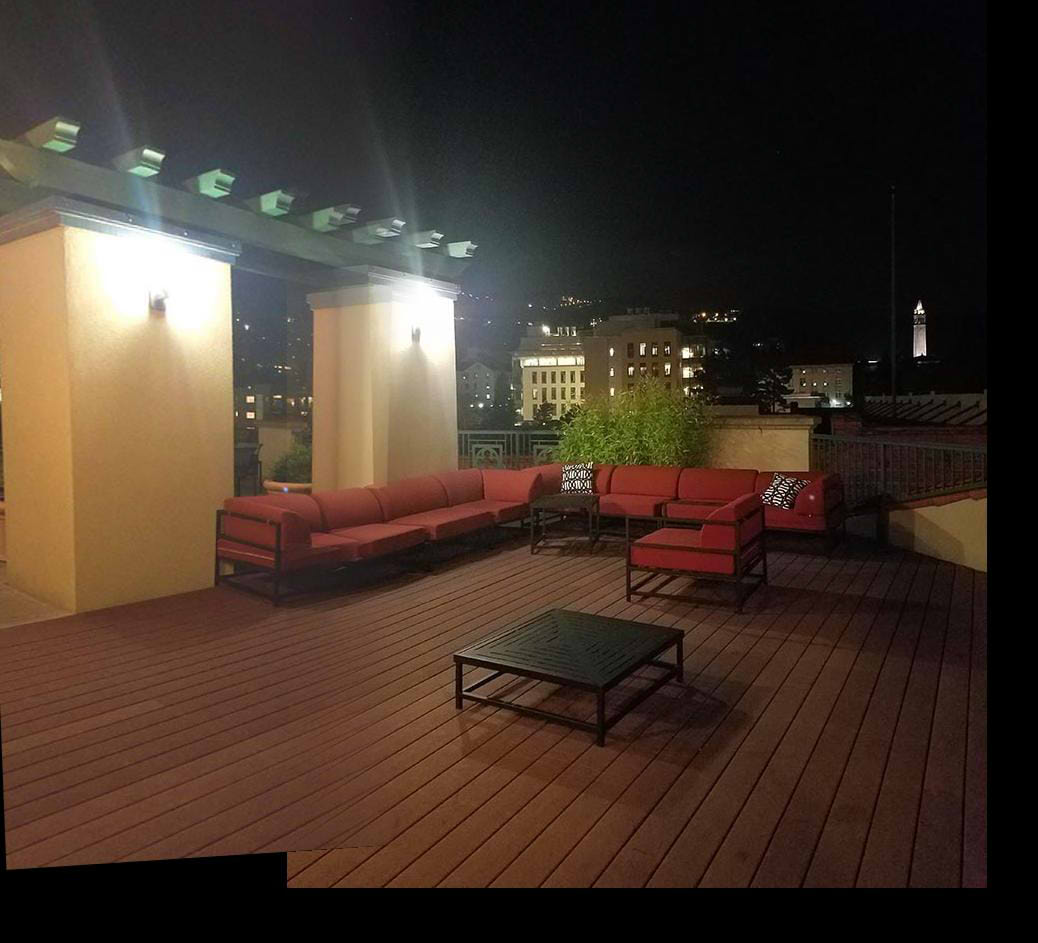
|

|

|
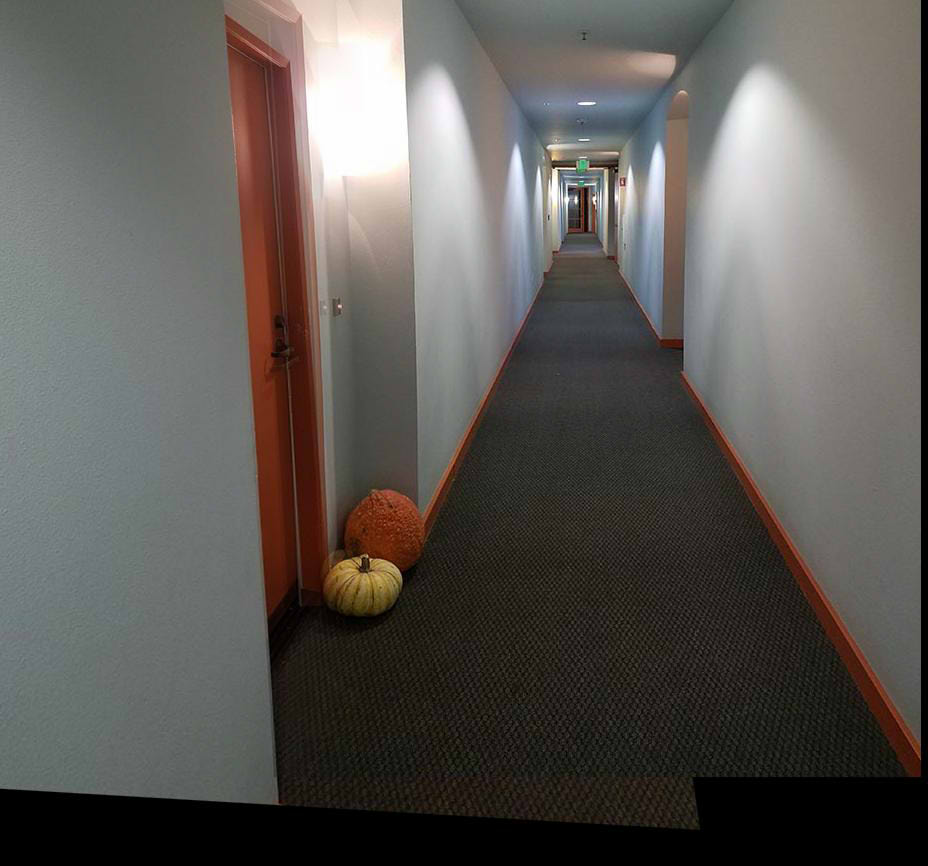
|

|

|
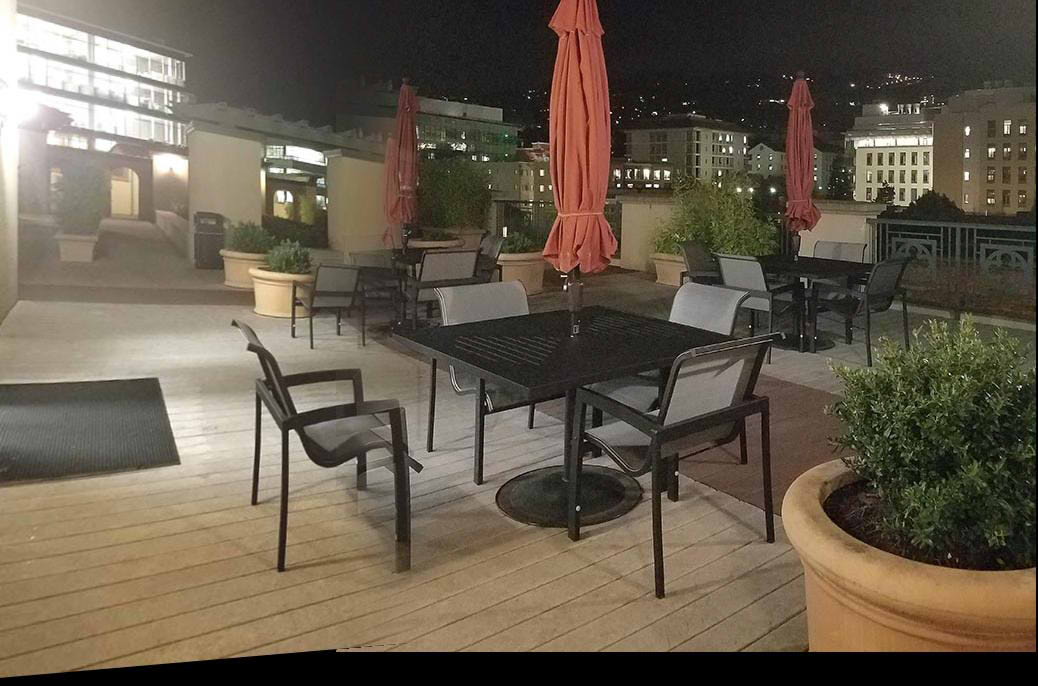
|
Tell us what you've learned
I've learned the impoprtance of taking pictures steadily since a good batch of my photos actually didn't work out too well. In terms of technical knowledge, I've learned a bit more abotu transformations and how to navigate around that especially since there were transformations into negative space that didn't translate well into image indices. And as always, I'm learning so many different applications through the functions we write. For example, we're using rectification as a warping check even when it can be an entirely different application (like replacing planar objects--switching the cover of a magazine with the cover of the board game).